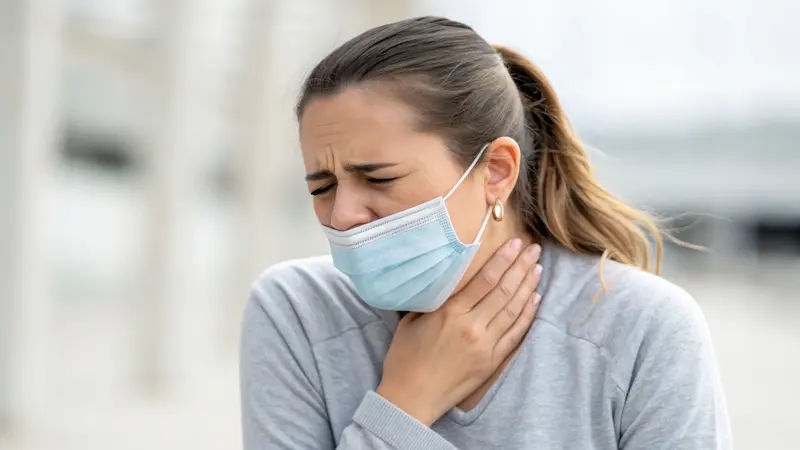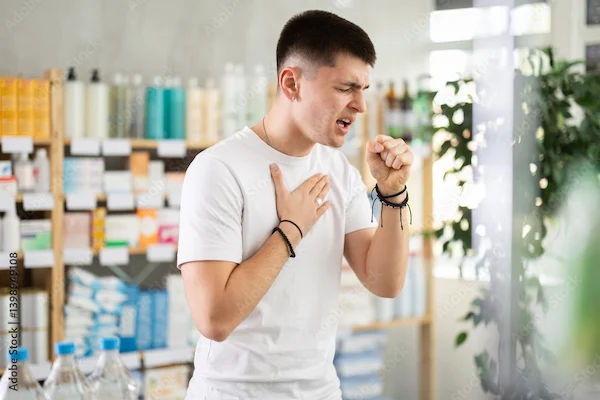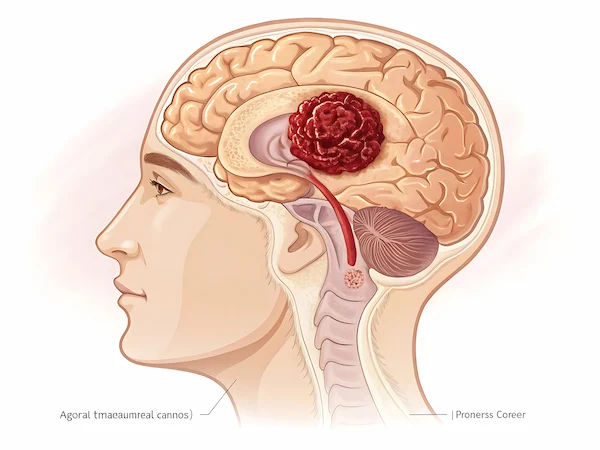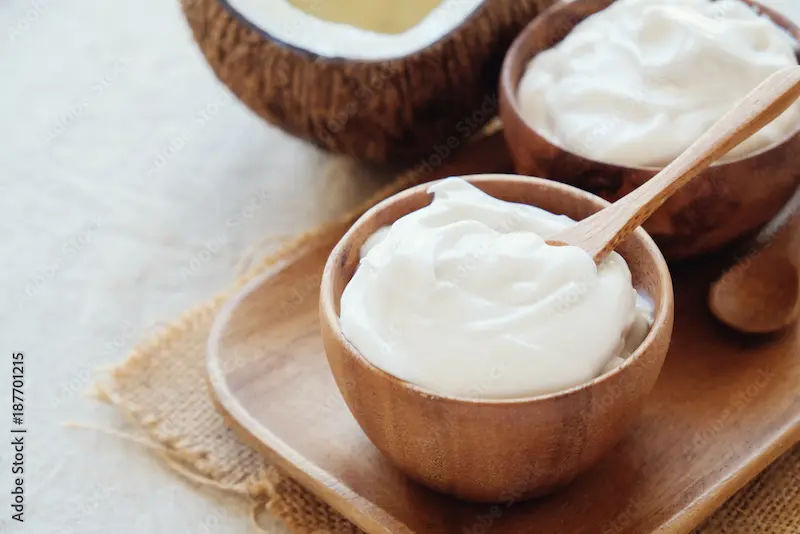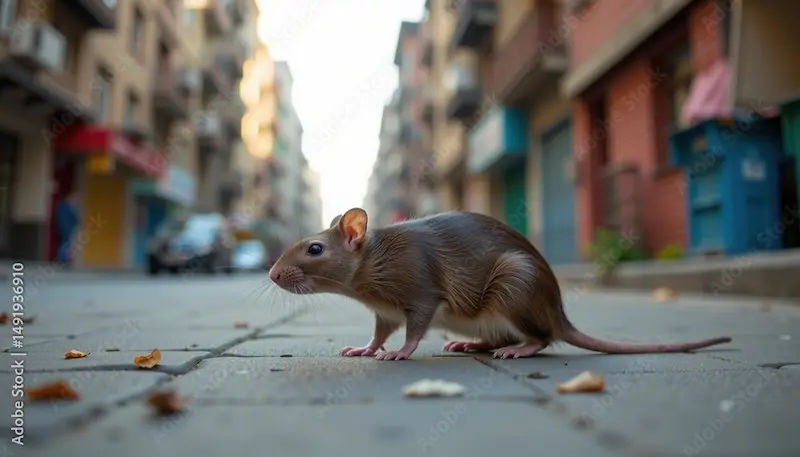Air Pollution and Its Impact on Children
Discover how air pollution affects children’s health and learn practical steps to protect them from its harmful effects.

Written by Dr. Siri Nallapu
Reviewed by Dr. Dhankecha Mayank Dineshbhai MBBS
Last updated on 3rd Oct, 2025

Introduction
Every breath our children take should fill them with life and energy. But in today's world, the air itself can pose a silent, invisible threat. Air pollution is a global health crisis, but its effects are not felt equally. Children, with their developing bodies and unique behaviours, are disproportionately harmed by toxic air. From triggering asthma attacks to impacting cognitive development, the consequences can last a lifetime. This article delves deep into the science of air pollution, explaining exactly why children are so vulnerable. We will break down the complex mix of pollutants, outline the specific health risks, both immediate and long-term, and, most importantly, provide a practical, actionable guide for parents on how to shield their children. Our goal is to empower you with knowledge, turning concern into confident action to safeguard your child's health from the dangers of polluted air.
What exactly is Air Pollution?
Air pollution is the contamination of the indoor or outdoor environment by any chemical, physical, or biological agent that modifies the natural characteristics of the atmosphere. It's not a single substance but a complex mixture of gases and tiny particles. Common household appliances, industrial processes, vehicle emissions, and even natural events like dust storms contribute to this toxic cocktail. Understanding the specific components is the first step toward mitigating their effects.
The Main Culprits: Common Air Pollutants and Their Sources
The key players in air pollution are often categorised by their source and composition. The most harmful to human health, especially for children, are detailed below.
Particulate Matter (PM2.5 and PM10): The Tiny Invaders
Particulate Matter (PM) refers to a mixture of solid particles and liquid droplets suspended in the air. PM10 are particles with a diameter of 10 micrometres or smaller (like dust or pollen), while PM2.5 are fine particles 2.5 micrometres or smaller (from vehicle exhaust, industrial combustion). These are particularly dangerous because their tiny size allows them to travel deep into the lungs and even enter the bloodstream. The health effects of PM2.5 include aggravated asthma, decreased lung function, and increased respiratory symptoms.
Nitrogen Dioxide (NO2) and Ozone (O3): The Lung Irritants
Nitrogen Dioxide (NO2) primarily comes from burning fuel, such as emissions from cars, trucks, and power plants. It inflames the lining of the lungs and reduces immunity to respiratory infections. Ozone (O3) at ground level is a harmful pollutant created by chemical reactions between oxides of nitrogen (NOx) and volatile organic compounds (VOC) in sunlight. It is a key component of smog and can cause coughing, chest pain, and throat irritation, making it a significant trigger for pediatric respiratory illness.
Sulphur Dioxide (SO2) and Carbon Monoxide (CO): The Invisible Dangers
Sulphur Dioxide (SO2) is produced from burning fossil fuels containing sulphur, like coal and oil. It affects the respiratory system and can irritate the eyes. Carbon Monoxide (CO) is a colorless, odorless gas released from incomplete combustion. It reduces the blood's ability to carry oxygen, which is especially dangerous for infants and children with anaemia or heart conditions.
Why Children Are Uniquely Vulnerable to Bad Air
The effects of air pollution on children are more severe than on adults due to a combination of biological and behavioural factors. They are not simply small adults; their bodies are actively developing, making them a vulnerable population.
Physiological Differences That Increase Risk
- Faster Breathing Rates: Children breathe more air per pound of body weight than adults, meaning they inhale a higher concentration of pollutants.
- Developing Lungs and Organs: Their organs and immune systems are still maturing. Exposure to toxins during critical developmental windows can cause permanent damage.
- Spending More Time Outdoors: Children are generally more active outdoors, especially during peak pollution hours in the afternoon, leading to higher exposure.
- Height: Young children are closer to the ground, where some heavier pollutants, like lead dust, can concentrate.
Consult a Paediatrician for the best advice
The Alarming Health Effects of Air Pollution on Children
The impact of polluted air on a child's health is profound and wide-ranging, affecting nearly every system in their body.
Immediate and Short-Term Impacts on Respiratory Health
In the short term, air pollution acts as a powerful irritant. It can lead to:
- Increased Asthma Attacks: Pollutants like PM2.5 and NO2 are known childhood asthma triggers, causing inflammation and constriction of the airways.
- Respiratory Infections: Exposure weakens the lungs' defenses, making children more susceptible to pneumonia, bronchitis, and frequent colds. A study by the World Health Organisation (WHO) found that exposure to PM2.5 can contribute to respiratory tract infections that result in 543,000 deaths in children under 5 years each year.
- Allergies and Irritation: Symptoms like coughing, wheezing, sore throat, and itchy eyes are common on high-pollution days.
Long-Term Consequences for Development and Chronic Disease
The most worrying effects are those that unfold over years. Chronic exposure is linked to:
- Stunted Lung Development: Research shows that children growing up in highly polluted areas may have permanently reduced lung capacity, comparable to those who grow up with parents who smoke.
- Cognitive and Neurodevelopmental Issues: Emerging studies suggest a link between exposure to high levels of PM2.5 and negative impacts on cognitive development, including lower test scores, attention deficits, and even behavioural problems.
- Increased Risk of Chronic Disease: Early exposure sets the stage for lifelong health problems, including an increased risk of cardiovascular disease, stroke, and cancer in adulthood.
Protecting Your Child from Air Pollution: A Practical Guide for Parents
While the problem is vast, there are effective steps you can take to significantly reduce your child's exposure and protect their health.
Monitoring Air Quality Inside and Out
Knowledge is power. Use reliable sources like government air quality monitoring websites or apps (e.g., AirVisual, local EPA sites) to check the Air Quality Index (AQI) daily. Plan your activities around it. When the AQI is in the "Unhealthy" range (orange or red), it's best to limit strenuous outdoor play.
Creating a Safe Haven: Improving Indoor Air Quality at Home
Since we spend up to 90% of our time indoors, this is a critical area of focus.
- Use Air Purifiers: A HEPA air purifier can significantly reduce indoor air pollution levels, especially in your child's bedroom.
- Ventilate Wisely: Open windows when outdoor air quality is good (e.g., early morning) to air out the house. Keep them closed during high-pollution hours.
- Eliminate Indoor Sources: Avoid smoking indoors, limit the use of harsh chemical cleaners and aerosols, and be mindful of volatile organic compounds (VOCs) from new furniture or paints.
Smart Choices for Outdoor Activities
- Time it Right: Pollution peaks during rush hours. Schedule outdoor play for earlier in the morning or later in the evening.
- Choose Location: Parks and green spaces away from heavy traffic generally have better air quality than busy roadsides.
- Consider Masks: On days with very high pollution, a well-fitted N95 or FFP2 mask can offer protection for older children during necessary commutes. If your child develops persistent coughing, wheezing, or shortness of breath after being outdoors, it’s important to consult a paediatrician. You can book an online consultation with a specialist on Apollo24|7 for prompt advice.
Conclusion
The challenge of air pollution is undeniable, but succumbing to fear is not the answer. Armed with knowledge, parents can become powerful advocates for their children's health. By understanding the risks, monitoring our environment, and taking practical steps to create cleaner air spaces at home and make smarter choices outdoors, we can significantly mitigate the effects. This is not just about preventing a cough today; it's about investing in our children's lifelong health and development. Collective action, from individual choices to supporting cleaner public policies, is essential. Let's work together to ensure that every breath our children take supports a brighter, healthier future. If you are concerned about how pollution might be affecting your child's respiratory health, don't hesitate to seek professional guidance. Apollo24|7 offers convenient access to paediatricians who can provide personalised advice and care.
Consult a Paediatrician for the best advice
Consult a Paediatrician for the best advice

Dr. Ch. Sanyasi Naidu
Paediatrician
8 Years • Dch DNB 1. MBBS (Andhra Medical college, Visakhapatnam) 2. Dch (Kasturba medical college, manipal) 3. DNB (National board of examination, New Delhi.
Chinagadila
Apollo Hospitals Health City Unit, Chinagadila
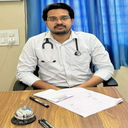
Dr. Anveez M A
Paediatrician
7 Years • MBBS, MD (Paed.)
Bansdroni
Siddhita Healthcare., Bansdroni

Dr. Maitreyee Mallick
Paediatrician
7 Years • MBBS, MD (Paed.)
Bansdroni
Siddhita Healthcare., Bansdroni

Dr. Suhena Sengupta
Paediatrician
15 Years • MBBS, IPPC
Kolkata
MCR SUPER SPECIALITY POLY CLINIC & PATHOLOGY, Kolkata
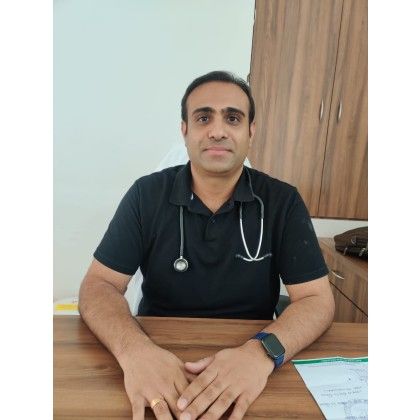
Dr. Dinesh Kumar Chandak
Paediatrician
12 Years • MBBS,MD PAEDIATRICS
Barasat
Diab-Eat-Ease, Barasat
(50+ Patients)
Consult a Paediatrician for the best advice

Dr. Ch. Sanyasi Naidu
Paediatrician
8 Years • Dch DNB 1. MBBS (Andhra Medical college, Visakhapatnam) 2. Dch (Kasturba medical college, manipal) 3. DNB (National board of examination, New Delhi.
Chinagadila
Apollo Hospitals Health City Unit, Chinagadila

Dr. Anveez M A
Paediatrician
7 Years • MBBS, MD (Paed.)
Bansdroni
Siddhita Healthcare., Bansdroni

Dr. Maitreyee Mallick
Paediatrician
7 Years • MBBS, MD (Paed.)
Bansdroni
Siddhita Healthcare., Bansdroni

Dr. Suhena Sengupta
Paediatrician
15 Years • MBBS, IPPC
Kolkata
MCR SUPER SPECIALITY POLY CLINIC & PATHOLOGY, Kolkata

Dr. Dinesh Kumar Chandak
Paediatrician
12 Years • MBBS,MD PAEDIATRICS
Barasat
Diab-Eat-Ease, Barasat
(50+ Patients)
More articles from General Medical Consultation
Frequently Asked Questions
What are the first signs that air pollution is affecting my child?
Common early signs include increased coughing, wheezing, throat irritation, shortness of breath during play, and more frequent colds or sinus infections. If these symptoms appear or worsen on days with poor air quality, pollution is a likely trigger.
Are air purifiers really effective for protecting children from indoor air pollution?
Yes, high-efficiency particulate air (HEPA) purifiers are very effective at removing PM2.5 and other allergens like dust and pollen from a single room. For best results, choose a purifier sized appropriately for your child's room and keep the doors and windows closed while it's running.
Can the effects of childhood exposure to air pollution be reversed?
While some damage, like stunted lung growth, may be permanent, reducing future exposure is always beneficial. The body has a remarkable ability to heal when the source of irritation is removed. Improving air quality will lead to better respiratory health and reduced symptoms over time.
Is it safe for my child to play sports outside in a city with moderate pollution?
It depends on the AQI. On 'Moderate' (Yellow) days, it's generally safe for most children. However, watch for symptoms and consider reducing the intensity or duration of activity. For children with pre-existing asthma, caution is always advised. Always check the daily AQI before rigorous activity.
How can I check the air quality in my specific neighborhood?
Many governments run real-time air quality monitoring networks with data available online. You can also use smartphone apps like AirVisual or IQAir AirVisual, which provide hyperlocal data and forecasts based on monitoring stations near you.
